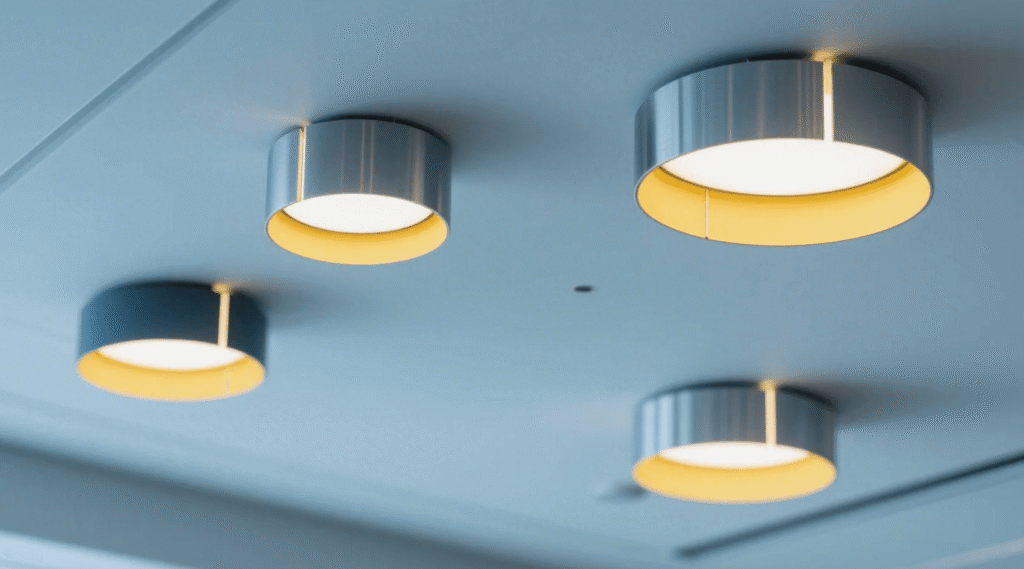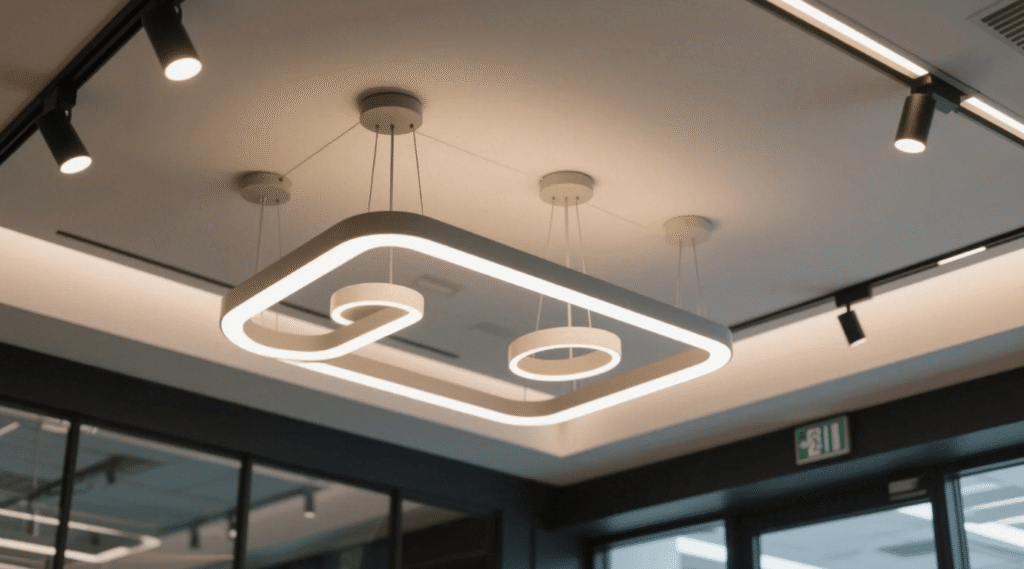The lighting industry has evolved rapidly in recent years, driven by technological advancements, sustainable practices, and changing consumer preferences. Among the many innovations in lighting design, ceiling lamps have emerged as a critical element of both residential and commercial spaces. These versatile fixtures not only enhance the aesthetic appeal of a room but also offer practical solutions for energy efficiency and light distribution. This article will explore the modern advantages of ceiling lamps and their promising future in the lighting industry, focusing on the key benefits and industry trends that businesses in the lighting sector need to be aware of.
The Growing Popularity of Ceiling Lamps
Ceiling lamps have long been a staple in the lighting industry, and their popularity continues to rise. With the growing demand for efficient, stylish, and multifunctional lighting solutions, ceiling lamps have become a preferred choice for both designers and consumers alike. From contemporary living rooms to office spaces, ceiling lamps are now seen as a symbol of modernity and sophistication. Their ability to seamlessly integrate into various interior designs makes them ideal for both new construction projects and renovations.
Aesthetic Appeal and Versatility
One of the key advantages of ceiling lamps is their aesthetic appeal. These fixtures come in a variety of styles, from sleek and minimalist to intricate and decorative. The versatility of ceiling lamps makes them suitable for various applications, whether it’s in homes, offices, retail spaces, or public venues. They can complement different interior styles, including industrial, modern, and traditional, and serve as a focal point in any room.
In recent years, ceiling lamps have also evolved in terms of design. With the advent of smart technology, many modern ceiling lamps are now equipped with features such as dimming capabilities, color temperature adjustments, and remote control integration. These features not only enhance convenience but also allow for greater customization of the lighting environment.
Energy Efficiency: The Future of Lighting

As sustainability becomes a central concern for both consumers and businesses, the demand for energy-efficient lighting solutions has surged. Ceiling lamps are leading the way in this regard. With the widespread adoption of LED technology, ceiling lamps are now more energy-efficient than ever before. LED ceiling lamps use significantly less energy compared to traditional incandescent or fluorescent lamps, making them an attractive option for businesses and consumers looking to reduce their carbon footprint.
Cost Savings for Businesses
The energy efficiency of ceiling lamps translates into significant cost savings for businesses. In commercial settings, such as offices, retail stores, and hotels, lighting can account for a large portion of energy consumption. By switching to LED ceiling lamps, businesses can drastically reduce their energy costs while also contributing to environmental sustainability. Moreover, the long lifespan of LED bulbs reduces maintenance costs, making ceiling lamps a wise investment for businesses seeking long-term solutions.
Smart Technology Integration
Another trend shaping the future of ceiling lamps is the integration of smart technology. Smart ceiling lamps offer more than just illumination—they can be connected to home automation systems, controlled remotely, and even programmed to adjust to specific schedules. This level of control provides convenience and enhances energy efficiency by ensuring lights are only on when needed.
For businesses, integrating smart ceiling lamps into commercial spaces can improve the overall customer experience. For example, smart lighting can create dynamic atmospheres for retail environments or hospitality settings by adjusting the brightness and color temperature to match different times of the day or events.
The Future of Ceiling Lamps: Opportunities and Trends

The future of ceiling lamps is bright, with several trends and innovations driving their development. As the lighting industry continues to evolve, businesses must stay informed about these changes to remain competitive. Here are some key trends to watch:
Sustainable Materials
With increasing emphasis on environmental responsibility, the use of sustainable materials in ceiling lamps is becoming more prevalent. Manufacturers are incorporating eco-friendly materials such as recycled metals, glass, and biodegradable plastics into their products. Additionally, innovations in manufacturing processes are reducing waste and improving the overall sustainability of lighting production.
Customization and Personalization
Consumers and businesses alike are seeking lighting solutions that reflect their individual styles and preferences. The demand for customizable ceiling lamps is on the rise, with more manufacturers offering options to personalize the design, color, and even functionality of ceiling lamps. For businesses in the lighting industry, offering customizable options can be a significant differentiator in a competitive market.
Integration with IoT
The integration of ceiling lamps with the Internet of Things (IoT) is another exciting development. IoT-enabled lighting systems allow businesses to monitor and control their lighting remotely, optimizing energy use and ensuring that the right amount of light is provided at all times. This level of connectivity is expected to become more commonplace in both residential and commercial applications in the coming years.
Conclusion
As we look to the future, ceiling lamps are set to play a pivotal role in the evolution of the lighting industry. Their modern advantages—ranging from aesthetic appeal to energy efficiency—make them an essential component of contemporary lighting design. For businesses in the lighting industry, embracing the trends of sustainability, smart technology, and customization will be key to staying competitive and meeting the needs of modern consumers. As the demand for efficient, stylish, and functional lighting solutions continues to grow, ceiling lamps will remain at the forefront of the industry, offering innovative solutions for both residential and commercial spaces.
By staying informed about the latest trends and technological advancements, lighting businesses can position themselves to capitalize on the future of ceiling lamps, ensuring they remain relevant and successful in an increasingly competitive market.

